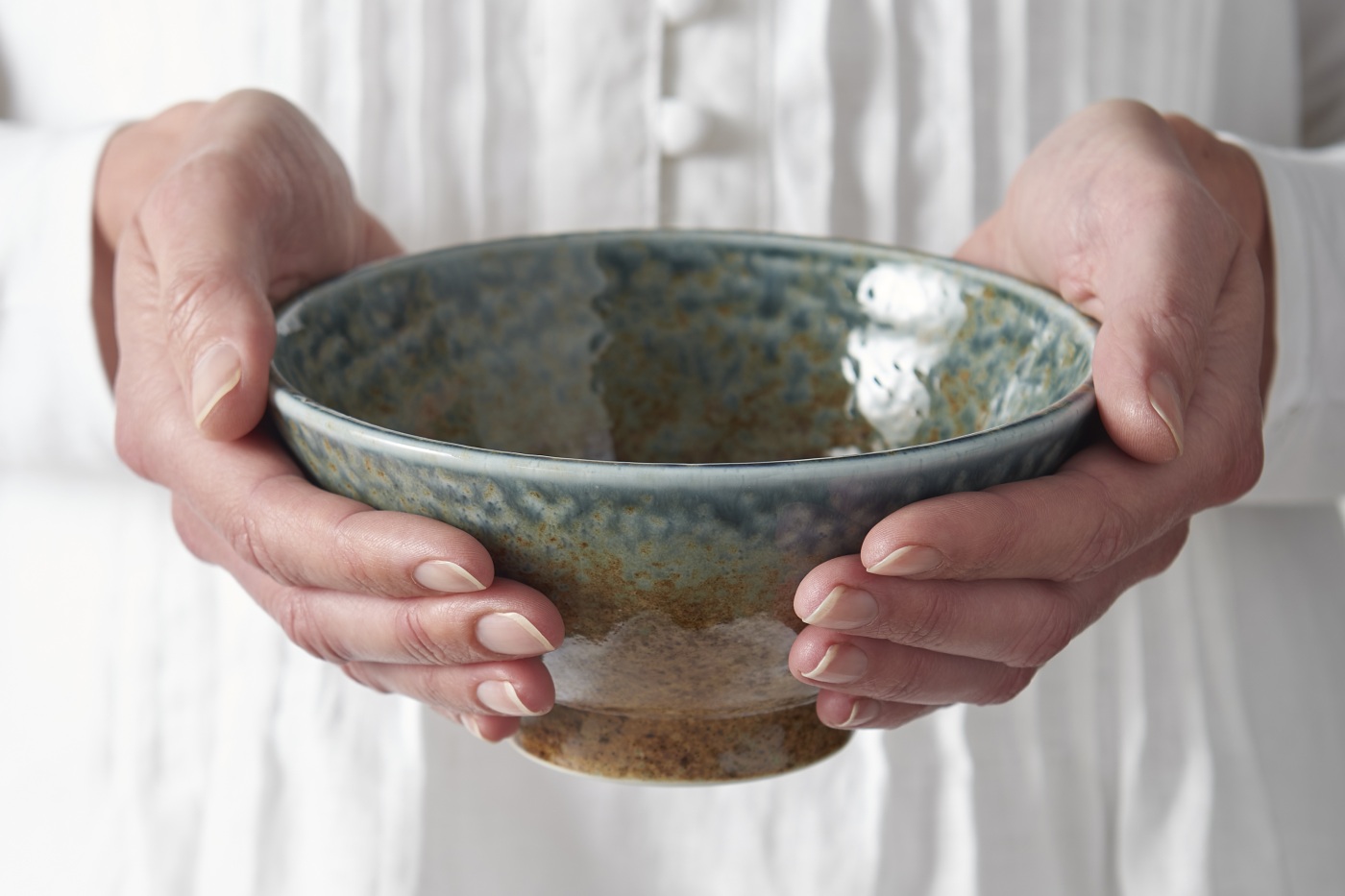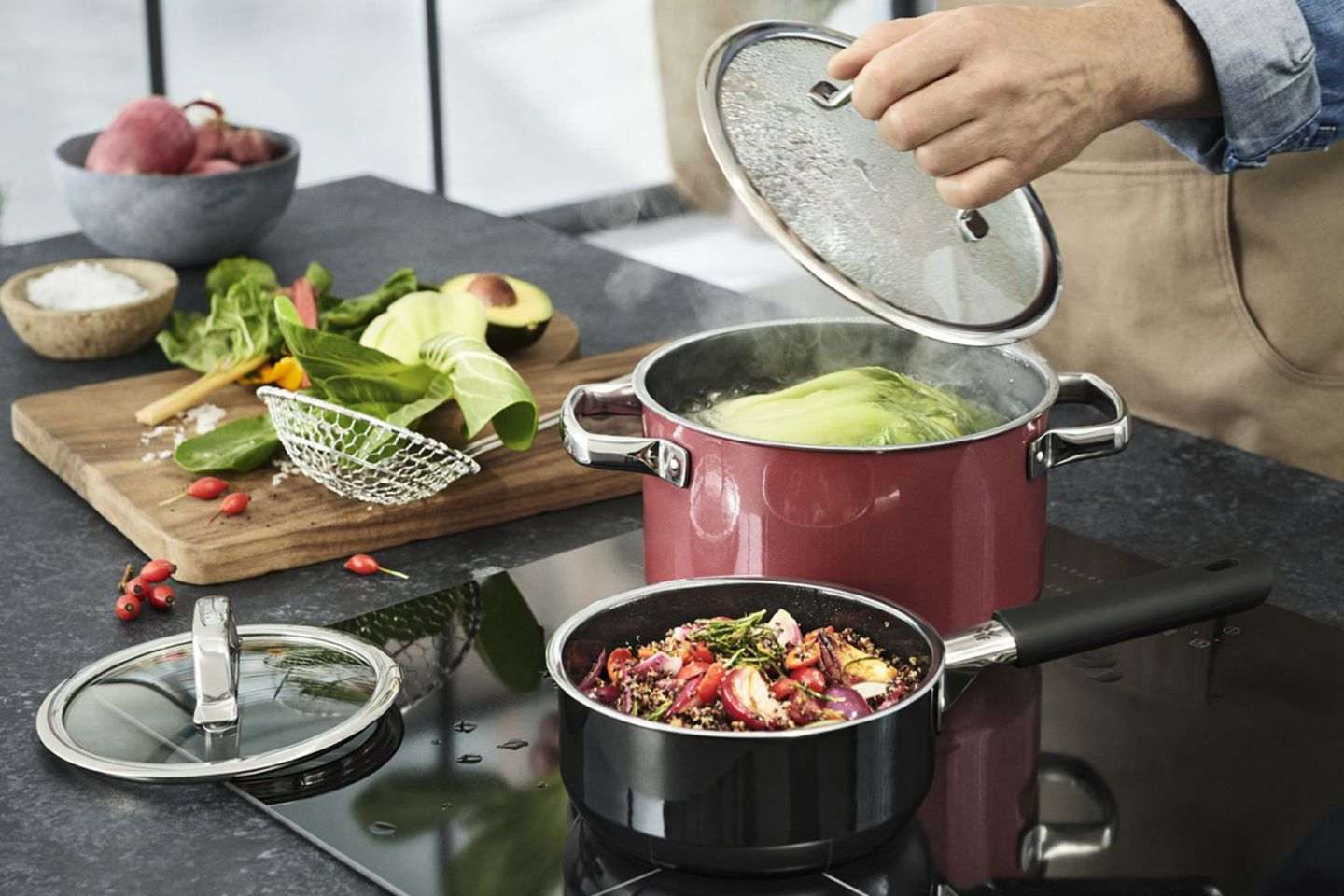A cutting board – one of the kitchen essentials
What purpose does a cutting board serve?
A cutting board sometimes referred to as a chopping board, is one of the basic kitchen tools used as a safe surface for cutting, chopping or slicing food. The board is also used to transfer sliced food from the stovetop to a pot or bowl, and sometimes to serve snacks to the table. (please readour complete shopping guide if you want to see which 10 kitchen essentials that are worth investing in).
What types of materials are used for cutting boards?
Wood and plastic are the most common materials used for cutting boards. Sometimes you can also come across glass cutting boards which are easy to clean but not safe for your knives' blades.
An overly abrasive surface has the potential to readily dull a knife edge due to its fragile structure. Soft, hygienic, and non-abrasive qualities are required in a decent cutting board material, but it shouldn't be very delicate or breakable.
- Wood
Wooden cutting boards have some huge advantages over plastic boards. They are self-healing which makes them long-lasting kitchen accessories. Additionally, wood and hardwoods in particular (like maple or acacia) are fine-grained, and the capillary action of those grains pulls down fluid, trapping the bacteria—which are killed off as the board dries after cleaning. Because of the antiseptic qualities of the material, wood is also used for making cheese boards.
- Bamboo
Bamboo - though technically a grass, shares many qualities with wood, including being strong, durable, and antimicrobial. Bamboo cutting boards have natural antimicrobial properties that kill bacteria, even those that penetrate the surface so if you like the look of a bamboo cutting board, it's safe to give them a go.
- Plastic
Contrary to wood, plastic boards do permit washing with more abrasive cleaning agents or in a dishwasher without damaging the board or allowing the agents to remain and subsequently contaminate food.
The majority of high-density, quality polyethene plastic boards are also safe for your knives although a plastic cutting board shouldn't be used with a serrated knife as it may significantly shorten the life of the product.
What should you consider when choosing a cutting board for your kitchen?
When choosing cutting boards for your kitchen remember that you need more than one cutting board. Ideally, you should have a separate cutting board for meat, fish, bread and veggies. When choosing the product take into consideration the following:
- is the cutting board safe for your knives
- does it have anti-bacterial properties
- is it dishwasher safe
- how long will it last
- will you be able to use both sides of the chopping board
- does it have a stand / will you be able to hang it
- does it have any special features that would be useful (raised edges, edges with handles for a firm grip, drainage groove)
- is it foldable
Continenta, Joseph Joseph, Koziol, Brabantia, and Blomus are just a few of the brands we have at Kulina. They are available in different colours, sizes and styles and you will for sure be able to match them to the style of your kitchen.
In Kulina we also offer cheese boards and tapas boards.
.png)




